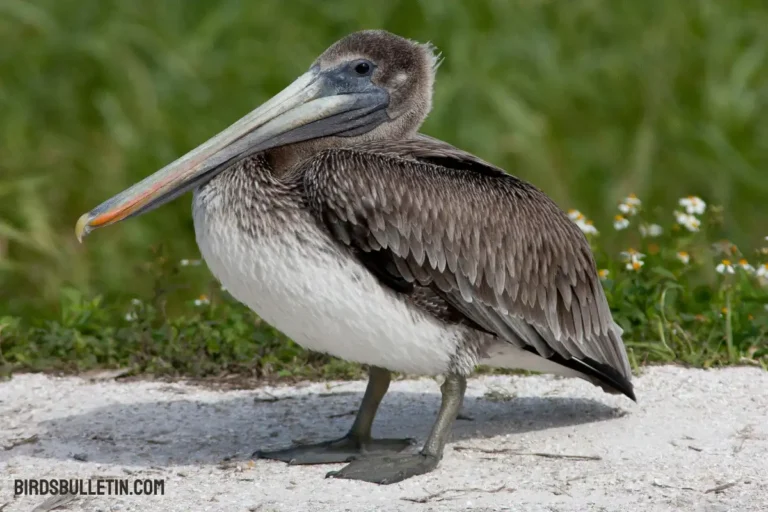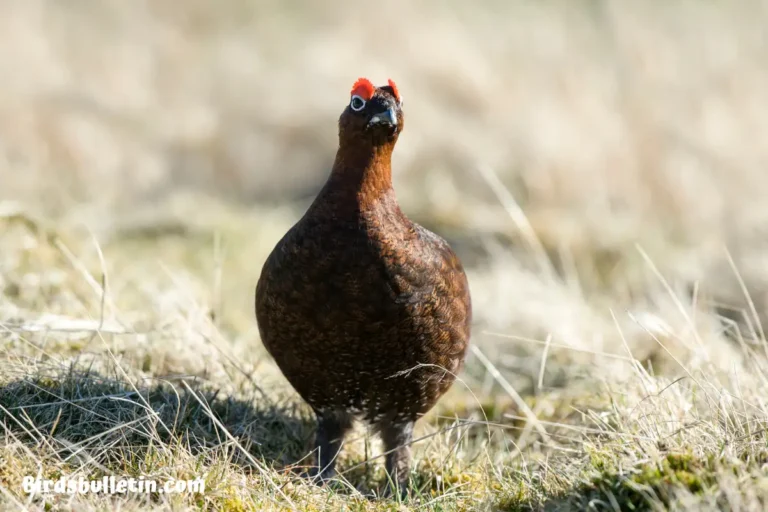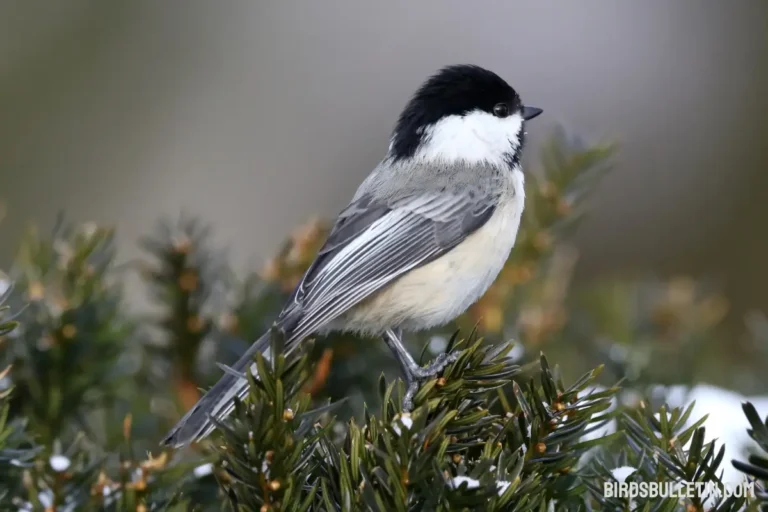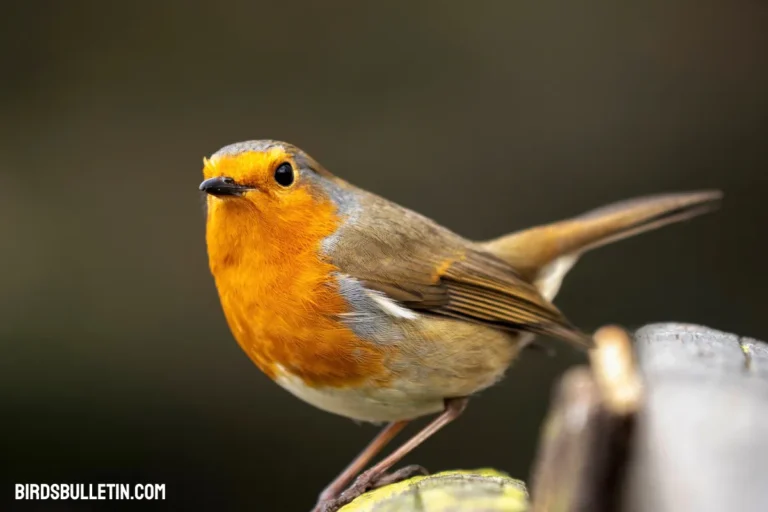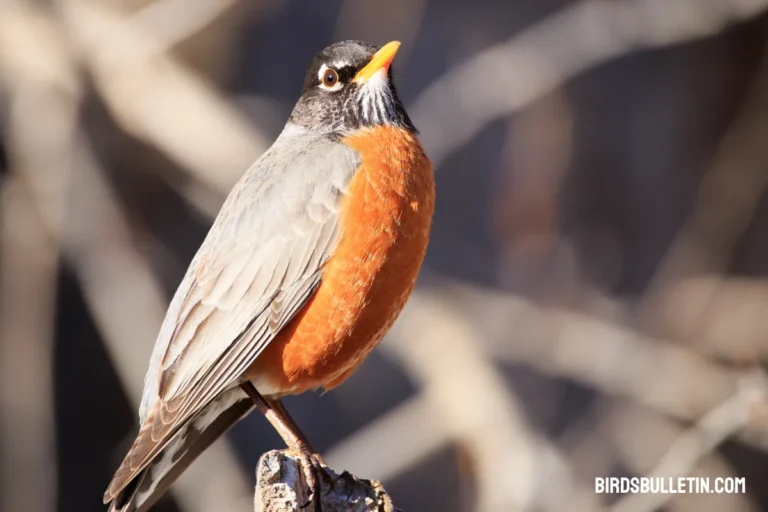Overview Of Poecile Rufescens Neglectus
Poecile rufescens neglectus, commonly known as the San Francisco chickadee, is a subspecies of chickadee found along the central California coast around Marin County. It is a small songbird with distinctive plumage and vocalizations.
Looking for more overview about bird subspecies
Scientific Classification
- Kingdom: Animalia
- Phylum: Chordata
- Class: Aves
- Order: Passeriformes
- Family: Paridae
- Genus: Poecile
- Species: P. rufescens
- Subspecies: P. r. neglectus
The San Francisco chickadee is considered a subspecies of the chestnut-backed chickadee (Poecile rufescens). It has a narrower rufous band on the flanks compared to other P. rufescens subspecies.
Identification
The San Francisco chickadee is approximately 4.5-5 inches in length and has a wingspan of 6.5-8 inches. It has a black cap and bib, white cheeks, and warm brown sides.
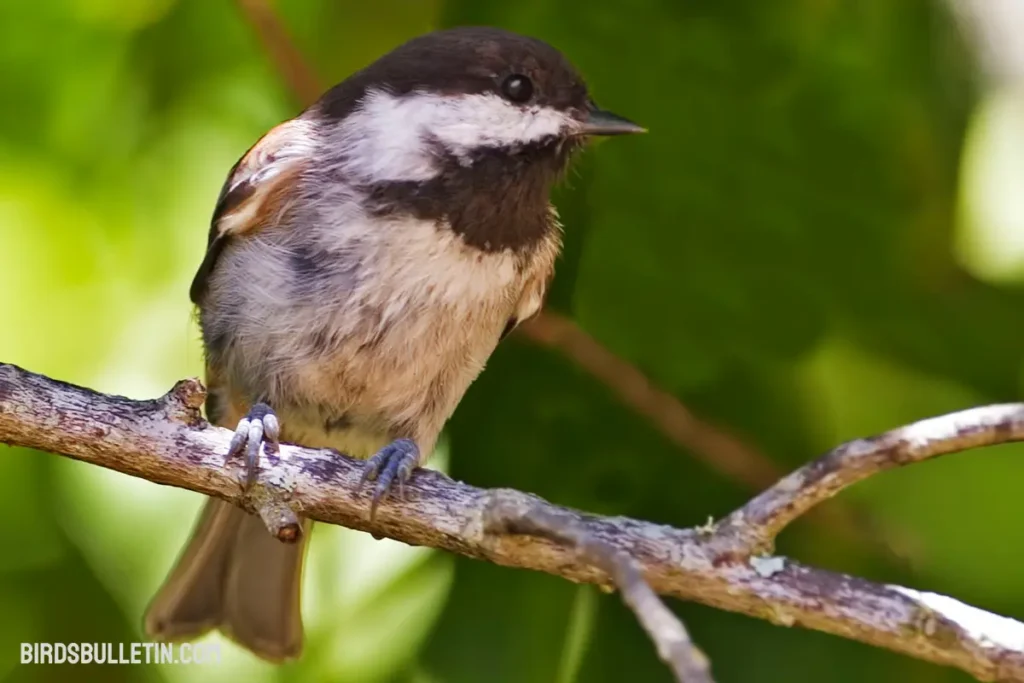
The rufous-colored flank band is more restricted compared to other chestnut-backed chickadee subspecies. The underparts are white with buffy sides.
The song is a whistled “fee-bee” and the call is a nasal “chick-a-dee-dee”. It can be distinguished from other chickadees by its more restricted rufous flank band and range limited to central coastal California.
Location
The San Francisco chickadee is endemic to a narrow coastal region of central California. Its range extends from southern Sonoma County through Marin County and just into San Francisco. It lives in coastal scrub, chaparral, riparian woodlands, and pine-oak forests.
Interesting Facts
- Nests in cavities excavated from rotted wood. The entrance hole is only about 1 inch wide.
- Travels in small flocks during non-breeding seasons.
- Will stash food like acorns and seeds in hiding spots to retrieve later.
- Higher pitched vocalizations compared to other chickadee species.
- Non-migratory residents throughout its limited range.
Conservation Status
The San Francisco chickadee has a conservation status of Least Concern. Its population is estimated to be around 260,000 mature individuals with a stable population trend. While its range is limited, its habitat is not currently considered threatened.
Conservation of Natural Habitat
Conservation efforts for the San Francisco chickadee focus on the protection of coastal forests, woodlands, and scrub where it resides. This includes land conservation and habitat restoration projects in state/regional parks and recreation areas.
Monitoring of population trends is also important to ensure the stability of this unique subspecies.
Frequently Asked Questions
01. What does the San Francisco chickadee look like?
The San Francisco chickadee is a small gray and brown chickadee with a black cap and bib, white cheeks, warm brown sides, and a more restricted rufous flank band compared to other subspecies. It has a wingspan of 6.5-8 inches.
02. Where can I see the San Francisco chickadee?
This chickadee is endemic to a small coastal region of central California from Sonoma County to San Francisco. It lives in coastal forests, scrublands, chaparral, and riparian woodlands within this range.
03. How many San Francisco chickadees are there?
Current population estimates place the number of mature San Francisco chickadees around 260,000 individuals. The population appears stable and the subspecies is classified as Least Concern.
Summary
The San Francisco chickadee is a small songbird endemic to a narrow coastal region of central California. It is a subspecies of the chestnut-backed chickadee distinguished by subtle plumage differences and vocalizations.
Conservation of its limited habitat range is important for the continued survival of this chickadee subspecies.


